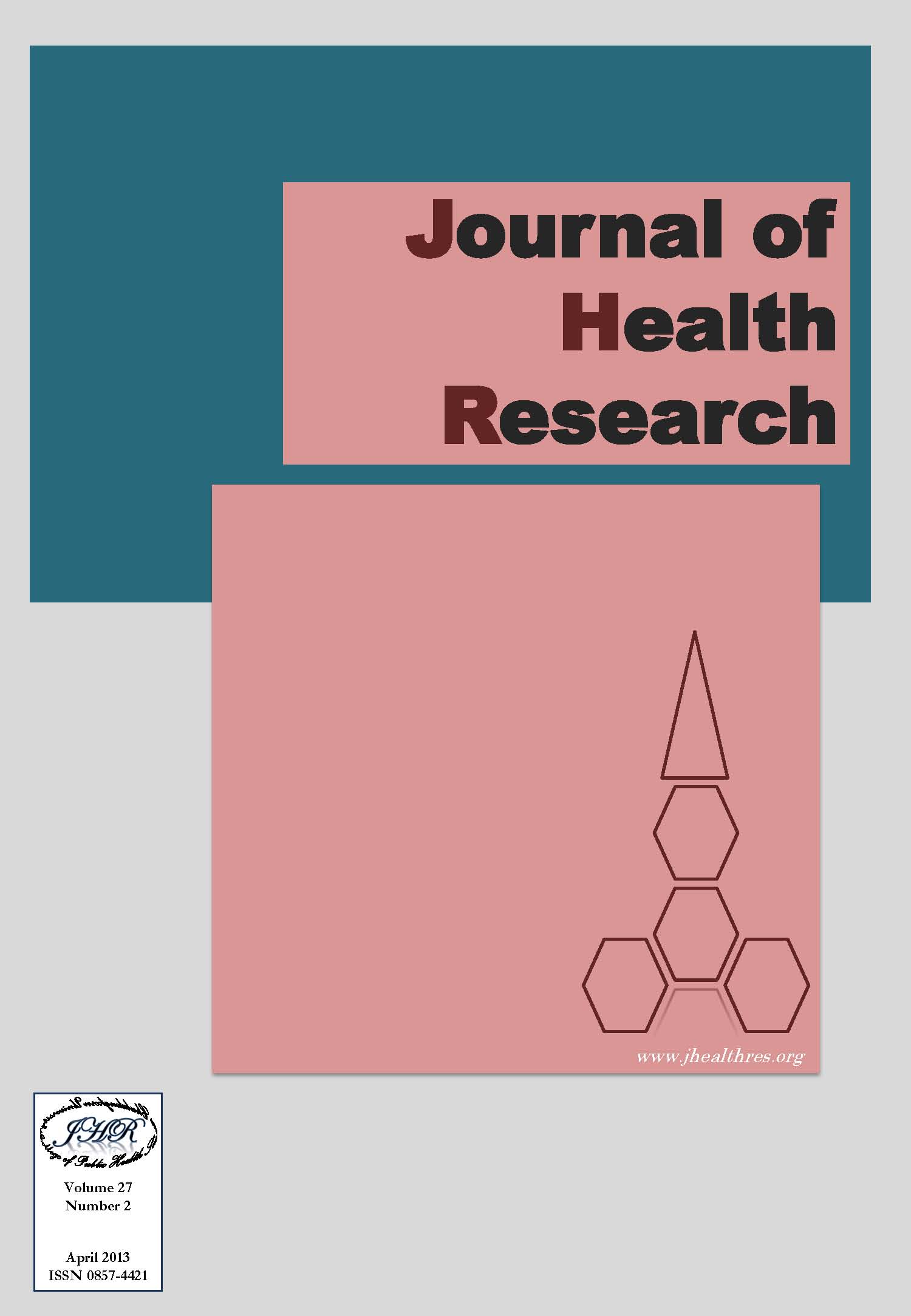Measuring Safety Culture Attitude of Health Professionals at King Narai Hospital, Lop Buri Province, Thailand
Keywords:
Attitude, Health professional, Measurement, Patient safety, Safety cultureAbstract
The objectives of this research were to determine the perception and compare the patient safety culture (PSC) attitudes among different types of health professional. It was a cross- sectional study with a total of 380 respondents covering physicians, registered nurses, dentists, technicians, pharmacists, physiotherapists, dieticians and academicians. They were asked to complete a self-administered patient safety culture survey over during January to February 2012. This study employed Hospital Survey on Patient Safety Culture (HSOPSC) form designed by the Agency for Health Care Research and Quality (AHRQ) to assess health professionals’ perspective of PSC. HSOPSC questionnaire was translated into Thai language by the Clinical Research Collaboration Network (CRCN) and acquired an ethical review from King Narai Hospital on 30 December 2011. Data was analyzed by applying descriptive statistics to describe variables and One-way ANOVA to examine the relationship between independent and dependent variables. The results revealed that HSOPSC dimensions did not significantly differences among these eight health professional groups. The highest mean score of positive attitude responses was from “Organizational learning /continuous improvement” (3.89±0.60) while “Staffing” dimension received the lowest mean score (3.10±0.74). The positive attitude of PSC fell in the group of registered nurses and pharmacists had the least. Patient safety grade with the most acceptable level was at 55.53%. Future studies should consider others groups of medical healthcare employees besides health professionals. To facilitate cultural behavior changes, hospital managers should assess and pay serious attention to make an improvement to issue necessary policies where health professionals can be actively encouraged to participate for patient safety.







